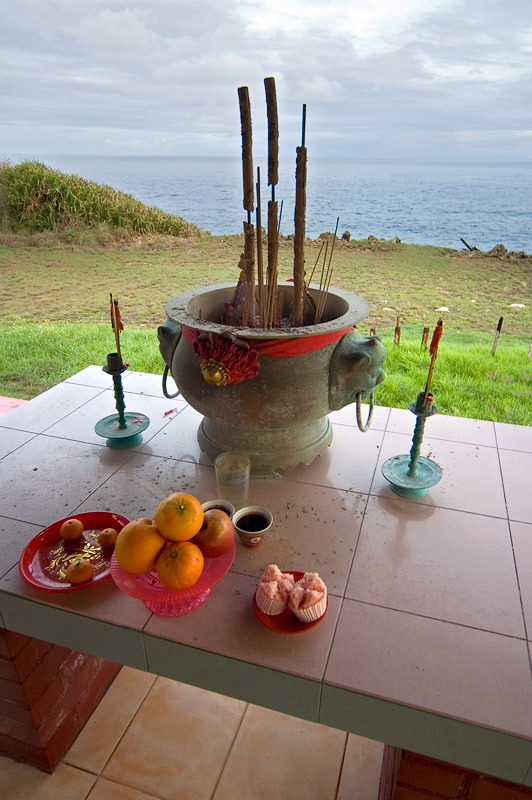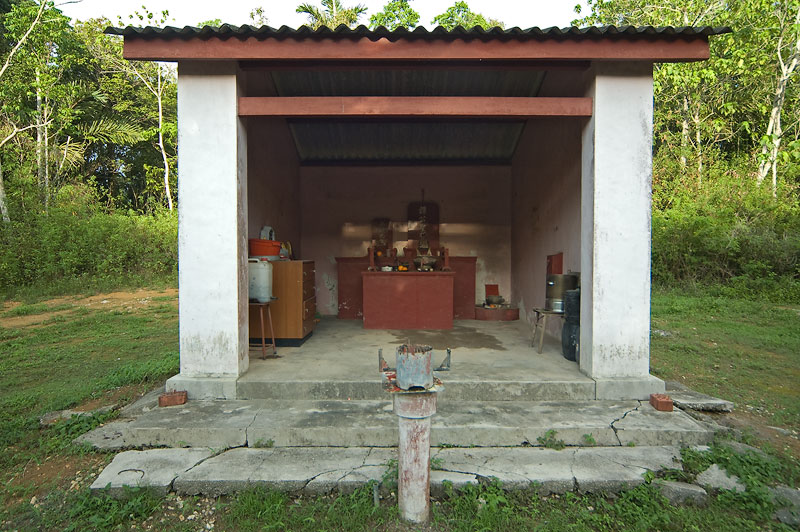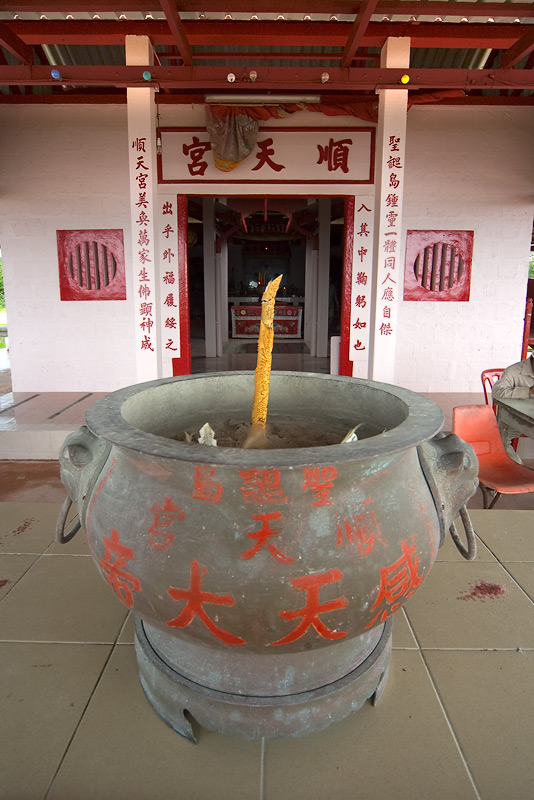|
|
|
|
|
C u l t u r e - & - R e l i g i o n |
|
|
|
|
|
| |
|
|
| |
The ethnic makeup of Christmas Island is diverse. The first settlers from the Clunies-Ross family included some Javanese people, as well as Cocos-Malays. Chinese labourers were contracted when the mine was first established, and other workers came from Java and Ambon. Indians were brought to the Island to supervise the labourers. Today, the population breakdown is 65% Chinese, 20% Malay and 15% European and others (mainly Indians). Although most of the population have origins from Malaysia and Singapore, majority are now permanent residents of Australia or holds Australian citizenship. |
|
| |
|
|
| |
 |
|
| |
Ma Chor Nui Nui |
|
| |
|
|
| |
The diversity of the settlers' origins and cultures has influenced the island's own culture, as evidenced by the range of ethnic festivals held throughout the year.
Despite its mixture of races, languages and religious beliefs, the community works in harmony, freely sharing and borrowing from each others cultures. Religious tolerance is evident from the number of Chinese temples (Buddhist, Taoist, and Confucian), a Christian church, Muslim Mosque and a Baha'i Centre. |
|
| |
|
|
| |
 |
|
| |
Shrine in the Forest |
|
| |
|
|
| |
This multicultural population mix also means that the island observe more religious and cultural festivals than many other places. Chinese New Year, Deepavali, Vesak Day & Hari Raya are important cerebrated occasions, in addition to the usual Christmas and Easter.
The cultural diversity of the island has resulted in an adaptation and blending of ideas. |
|
| |
|
|
| |
 |
|
| |
Soon Tien Kong |
|
| |
|
|
| |
Though English is the official language there are many residents who generally communicate in Malay or one of the four Chinese dialects. The earliest settlers spoke English & Cocos Malay, a unique version of Bahasa Indonesia which has been isolated from the mainstream language for over 150 years. Early arrivals from China mainly spoke Cantonese and hence the names of many places and roads around the island being Cantonese words (such as Poon Saan, which literally means "half way up the hill").
Post war arrivals who came from Malaysia introduced other Chinese languages including Hakka, Hainese, Hokkien and Teochew, whilst those from Singapore introduced Mandarin. Bahasa Malayu is widely spoken by the Malay Community.
Because English was not a prerequisite for employment, a sizeable proportion of todays community is not fluent in English and many residents still converse in their native tongue. The influx of tourists has had an impact on the island's language.
|
|
| |
|
|
| |
 |
|
| |
Halal BBQ |
|
| |
|
|
| |
Despite the very diverse ethnicity and cultural mix, Christmas Island is still very much Australia. At Flying Fish Cove, you cannot miss the typical Australian outdoor 'bar bee', though it also respects the cultural and religious needs or the local population. |
|
| |
|
|
| |
|
|
| |
|
|
| |
|
|
|
|
|
|



